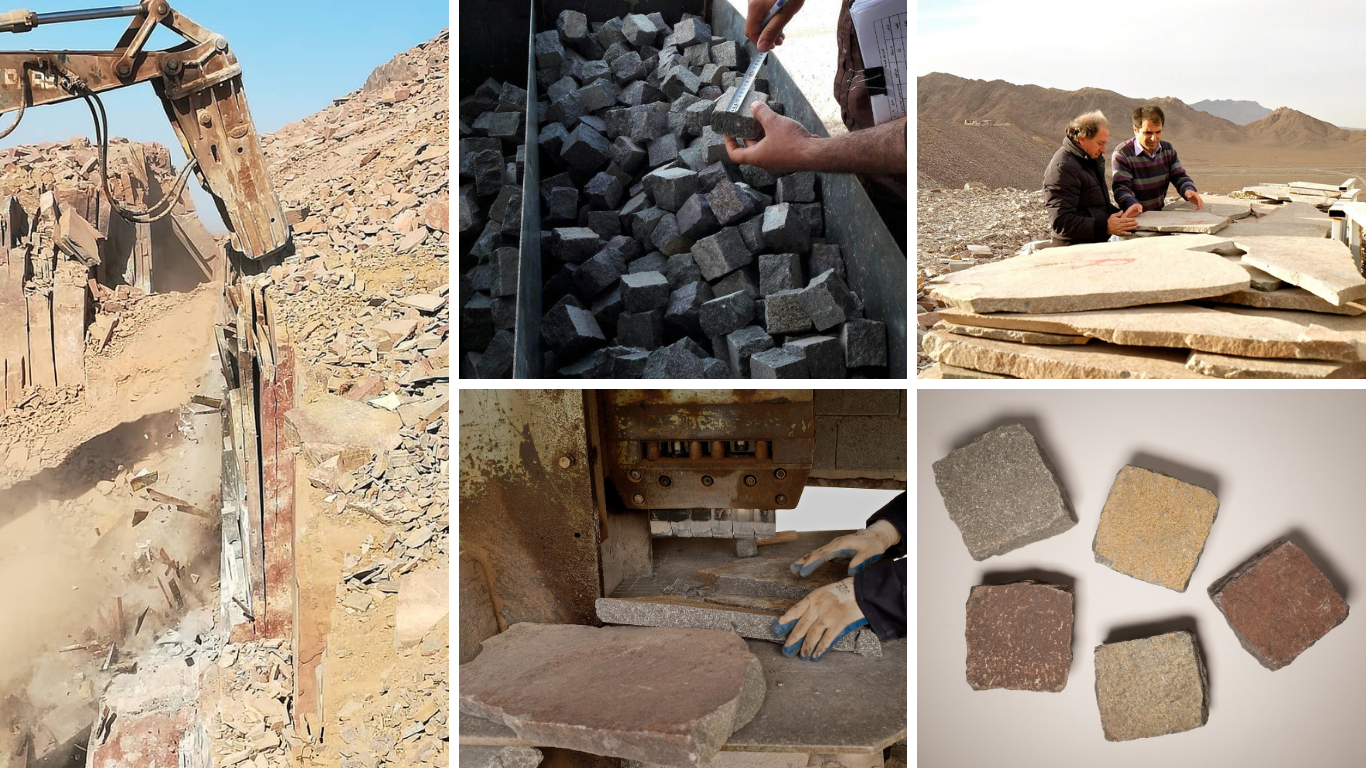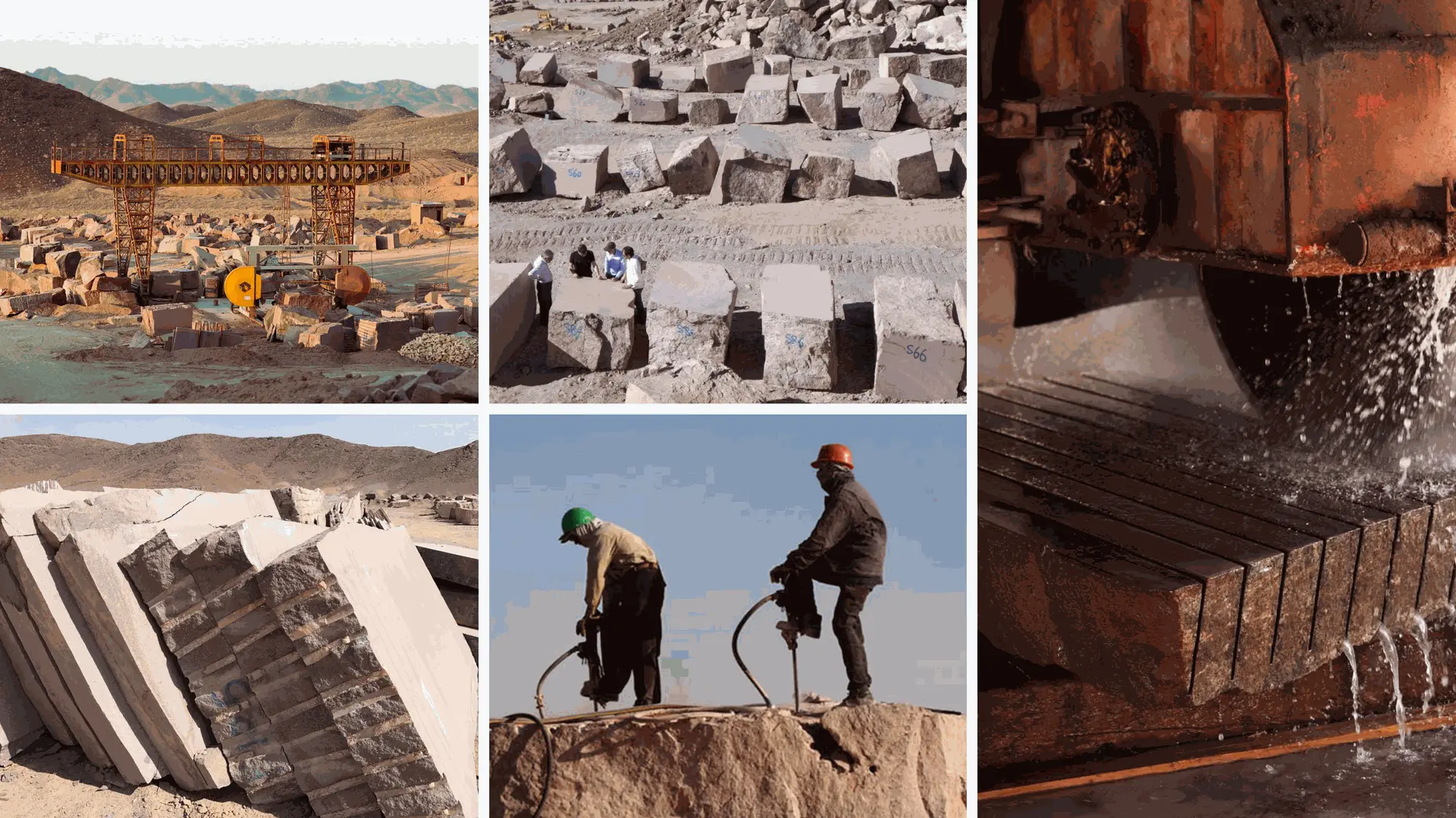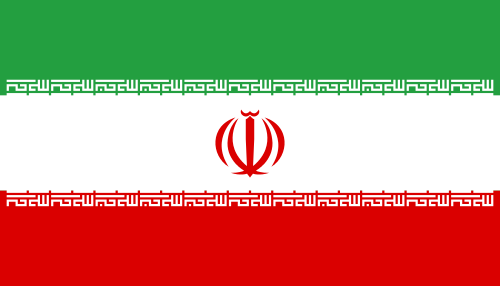
Natural vs. Machine-Cut Porphyry:
Understanding the Difference Porphyry comes in two main surface types: natural cleftand machine-cut. While both are crafted from the same volcanic stone, their formation, extraction, and finishing processes set them apart. Natural cleft porphyry, with its raw, untouched surface, is a true reflection of nature’s craftsmanship. Machine-cut porphyry, on the other hand, offers a more controlled, refined finish for specific design needs.
Natural Cleft Porphyry – Formed by Nature, Preserved by Craft
Natural cleft porphyry is not just a surface—it’s the result of millions of years of volcanic activity and natural layering. This unique geological formation allows the stone to be split into sheets along its natural bedding planes, preserving its original texture without surface polishing or artificial treatment. After extraction, the slabs are sorted by thickness and dimensions, and the only processing involved is splitting the stone into architectural formats such as cubes, tiles, and pavers, based on project needs. The result is an authentic, slip-resistant surface that retains the raw beauty and strength of the mountain it came from. Its rich earthy tones and naturally rugged finish make it ideal for outdoor hardscaping, public spaces, and any project seeking a grounded, natural aesthetic. Each installation captures the timeless irregularity of nature, adding depth, character, and lasting value to architectural spaces.

Machine-Cut Porphyry – Precision for Modern Needs
Machine-cut porphyry is produced by slicing and calibrating the stone to a uniform thickness and dimension. Its smoother surface and clean edges suit contemporary designs and indoor applications where precision is key. While it shares the same mineral composition as natural cleft porphyry, its aesthetic is more consistent and less textured, offering a modern, refined look. Machine processing allows for faster installation in modular patterns, but it sacrifices some of the organic charm found in its natural counterpart.


